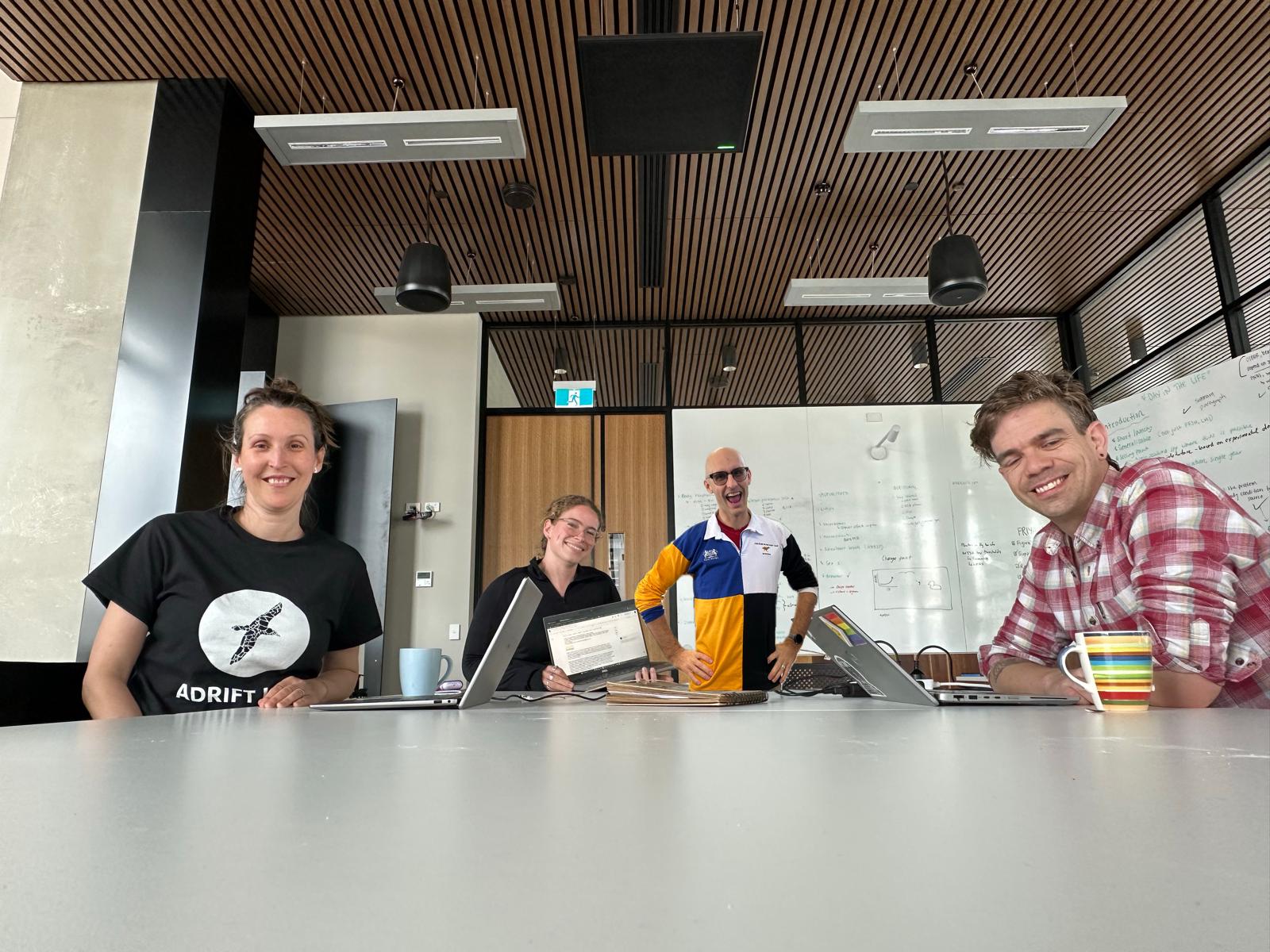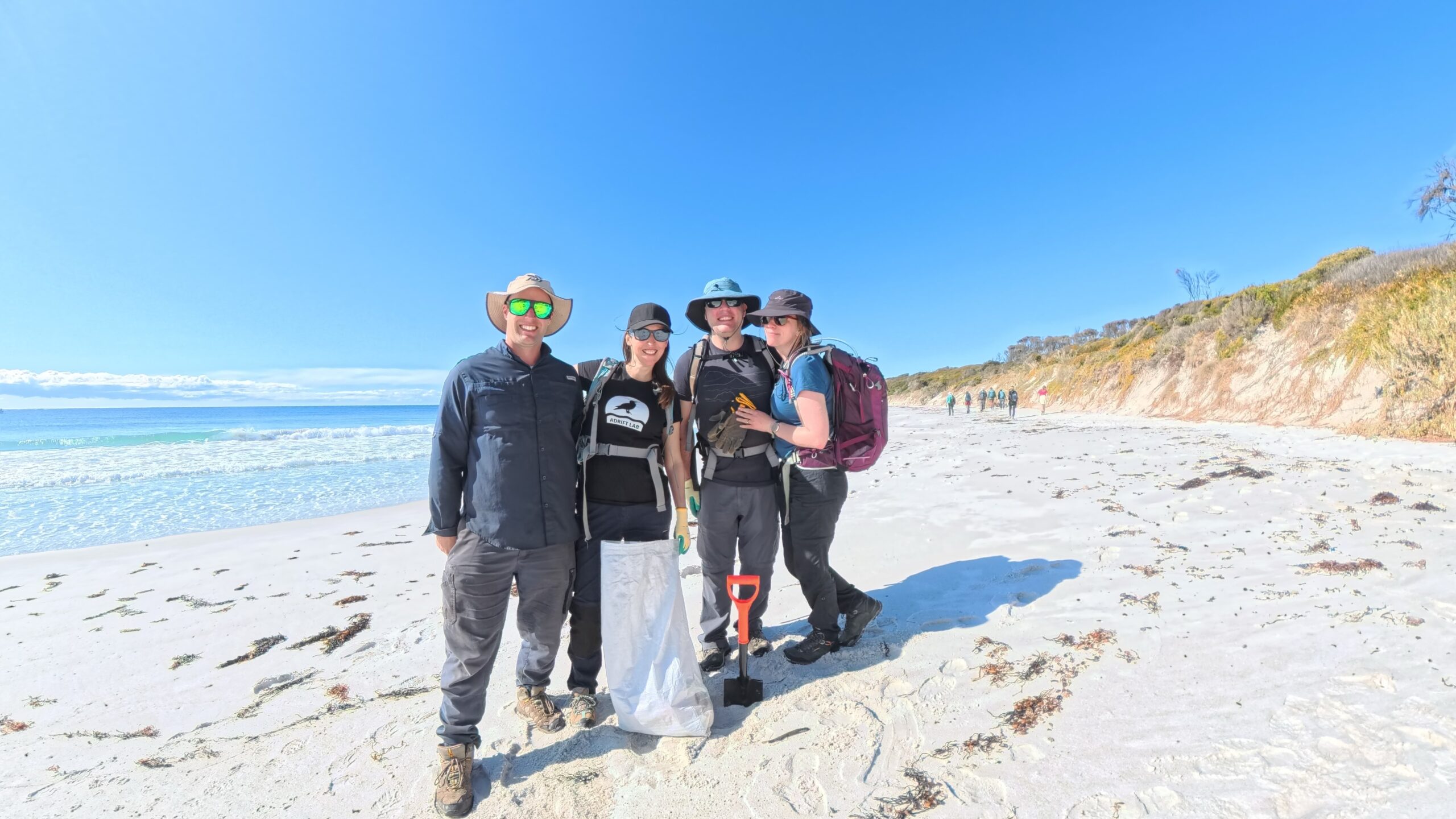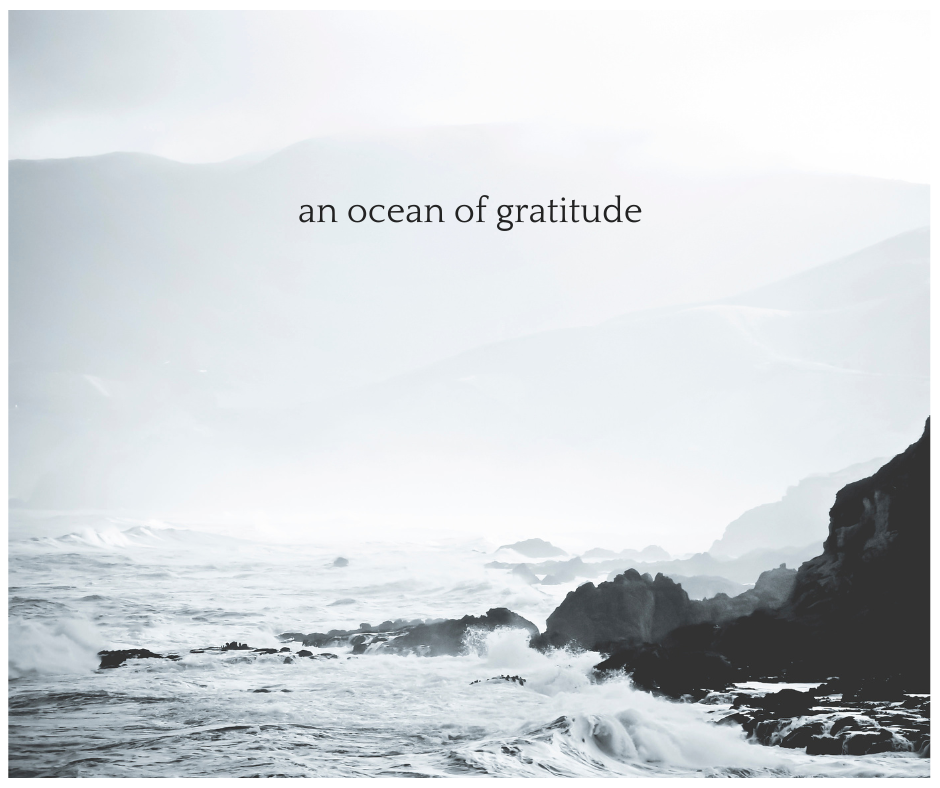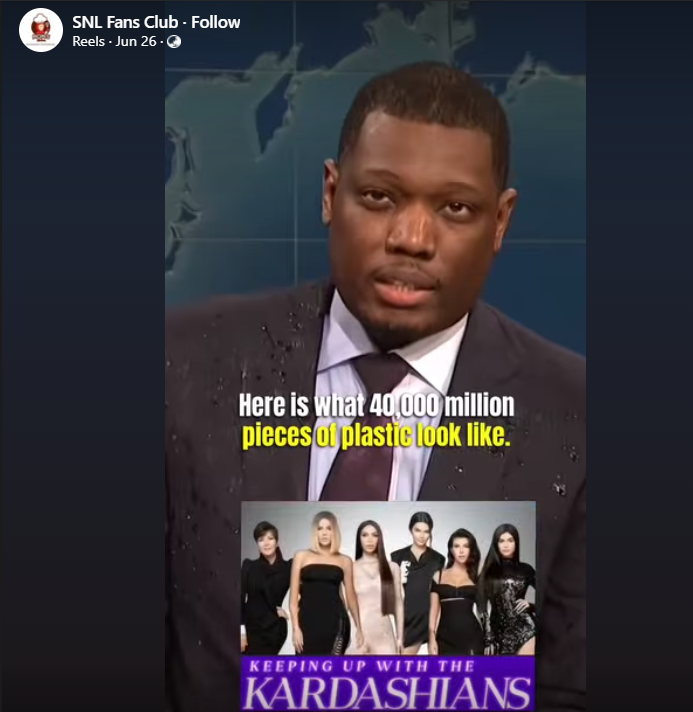New student paper on nanoplastics in Tasmanian shorebirds and beach sediment
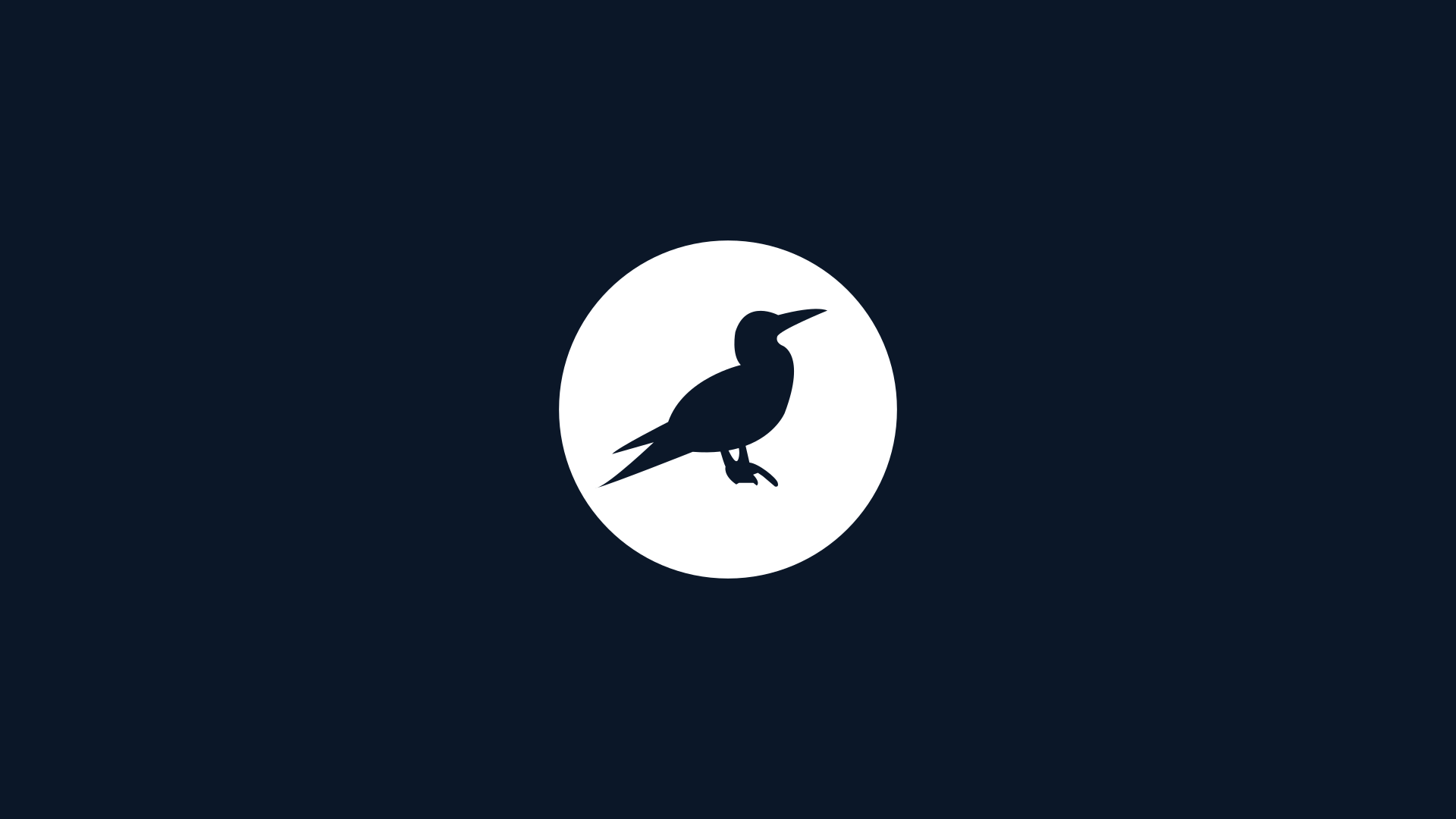
🚨NEW PAPER ALERT🚨
This week, #AdriftLab MSc graduate Karli has published her first, first-author paper – yay👏 Her research (supported by fellow Adrift student, Bianca) focused on the ingestion of #nanoplastics by #shorebirds as few data exist, globally. To do this, we also collected data on #plastic particles in beach #sediments from locations where we saw the birds actively feeding in #Tasmania.
We studied #HoodedPlover (Vulnerable species) and #PiedOystercatcher (📸 credit Eric J Woehler) & found 1000s of tiny plastics in ALL of the birds and sediments we examined, no matter how remote the location.
Hooded Plovers have shorter beaks, and because of this, they feed in shallower (surface) sediments where more plastic has been shown to accumulate. Not surprisingly, their #guano 💩 contained 32× more plastics, on average, than Pied Oystercatchers! 😳😢
We gratefully acknowledge the #TraditionalOwners of lutruwita where this research was undertaken. Funding was provided by BirdLife Tasmania, Australian Wildlife Society, and a generous philanthropist who supported both students during the 2022 cost of living crisis 💙
ACCESS THE PAPER HERE (free to download for 50 days – until late-Feb 2023) ➡️https://authors.elsevier.com/c/1gNvZzLNScBJk
#FlowCytometry #FTIR #microplastics #beaches #DetectionMethods #ParticleSize

